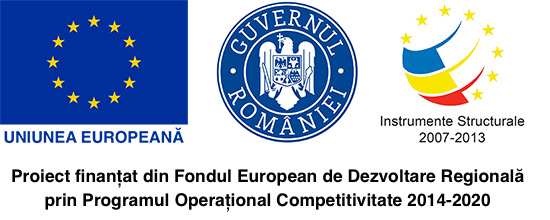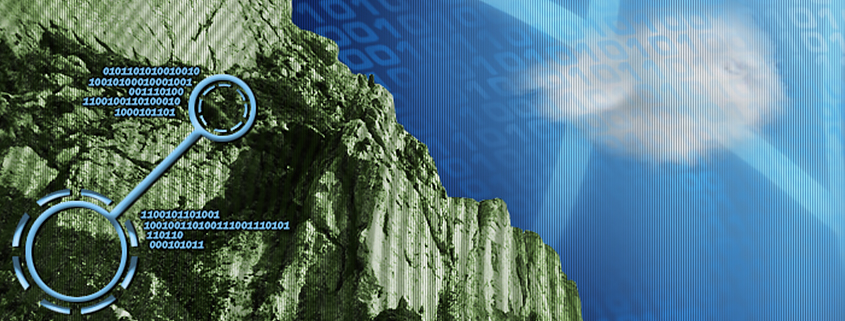Automatic Translation and Migration of Legacy Applications to Cloud Computing Environments
On-demand computing, Software-as-a-Service, Platform-as-a-Service, and in general Cloud Computing is currently the main approach by which both academic and commercial domains are delivering systems and content. Nevertheless there still remains a huge segment of legacy systems and application ranging from accounting and management information systems to scientific software based on classic desktop or simple client-server architectures. Although in the past years more and more companies and organizations have invested important budgets in translating legacy apps to online cloud-enabled environment there still remains an important segment of applications that for various reasons (budget related in most cases) have not been translated. The proposed research of our team introduces an innovative pipeline model architecture for automated translation and migration of legacy application to cloud.
Automated translation of legacy applications has always been an important research area for the computer science community with high economic impact especially in the area of small and medium enterprises. With each arrival of a new programming languages, frameworks or formal modelling languages computer scientist pursued the research and development of various code translators that would automatically migrate from legacy application source code to the new programming language. Most successful research and production projects over the years have been in the areas of automated code generation from formal modelling and in the area of automated code translation. Nevertheless the process of source code migration has been always accompanied by re-engineering processes that were supposed to optimize the internal mechanics of the newly migrated software systems. Yet another objective of the software translation has been and still is the migration of the legacy application from a deprecated environment to a more modern, robust and reliable one – such as migrating from desktop based applications to client-server and then to Cloud Computing environments. However on multiple occasions due to the missing of legacy source code the actual migration has been forced by employing terminals or virtual desktops.
We propose an innovative model architecture designed for the challenges posed particularly by the application user interface and data flow re-engineering of legacy applications where the source code is not available. Our model will employ machine learning techniques and in doing so it will be able to “observe” and infer the functional behaviour of the legacy application. At the end of the inferential process our pipeline model will be able to generate an intermediate scripted definition of the observed legacy application. Finally, the inferred and scripted definitions, defined by our own Intermediate Translation Definition Language (ITDL in short) script, will be used by the last layer of our pipeline model to generate target platform code. -enabled environment with a minimal software development costs.



